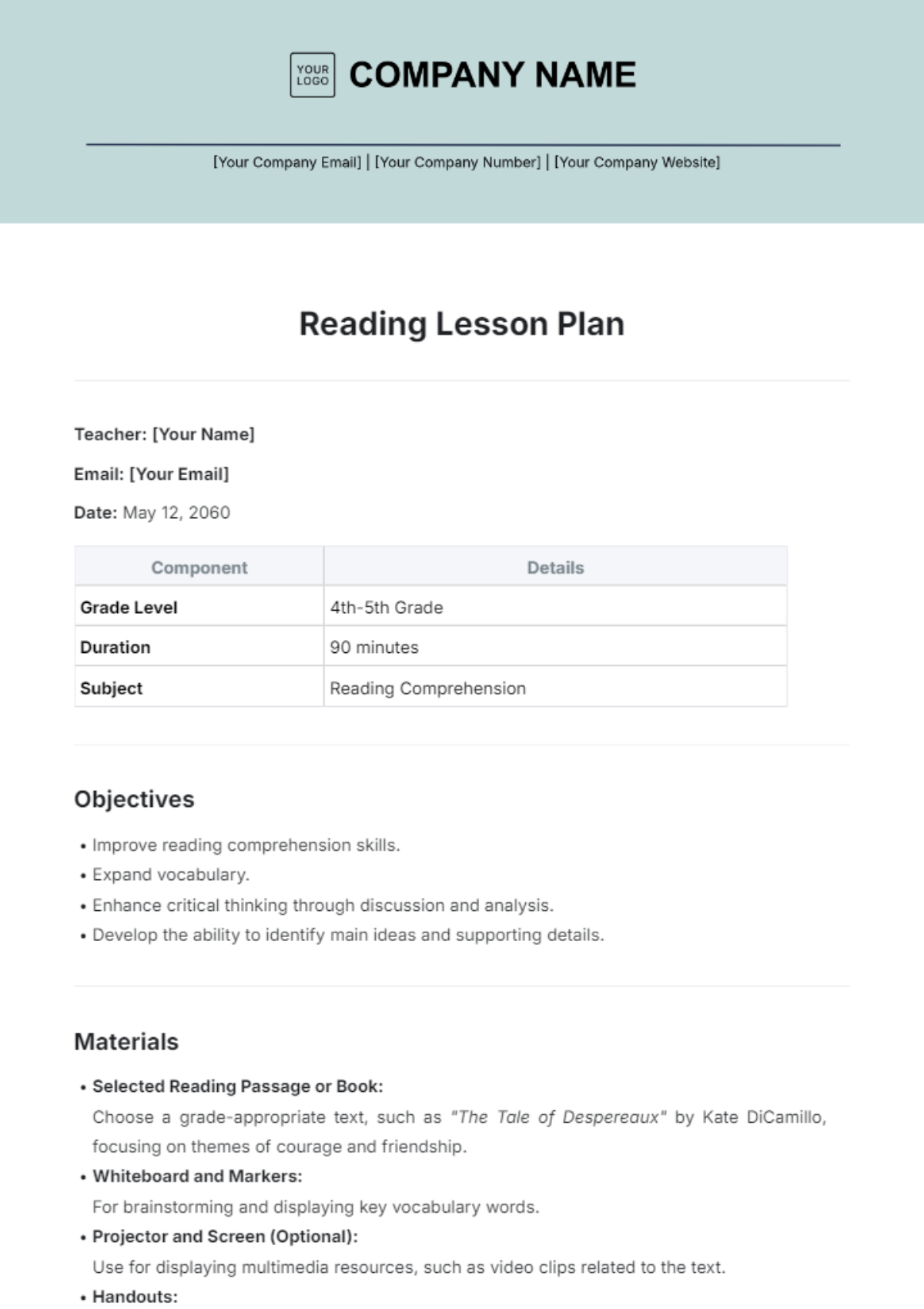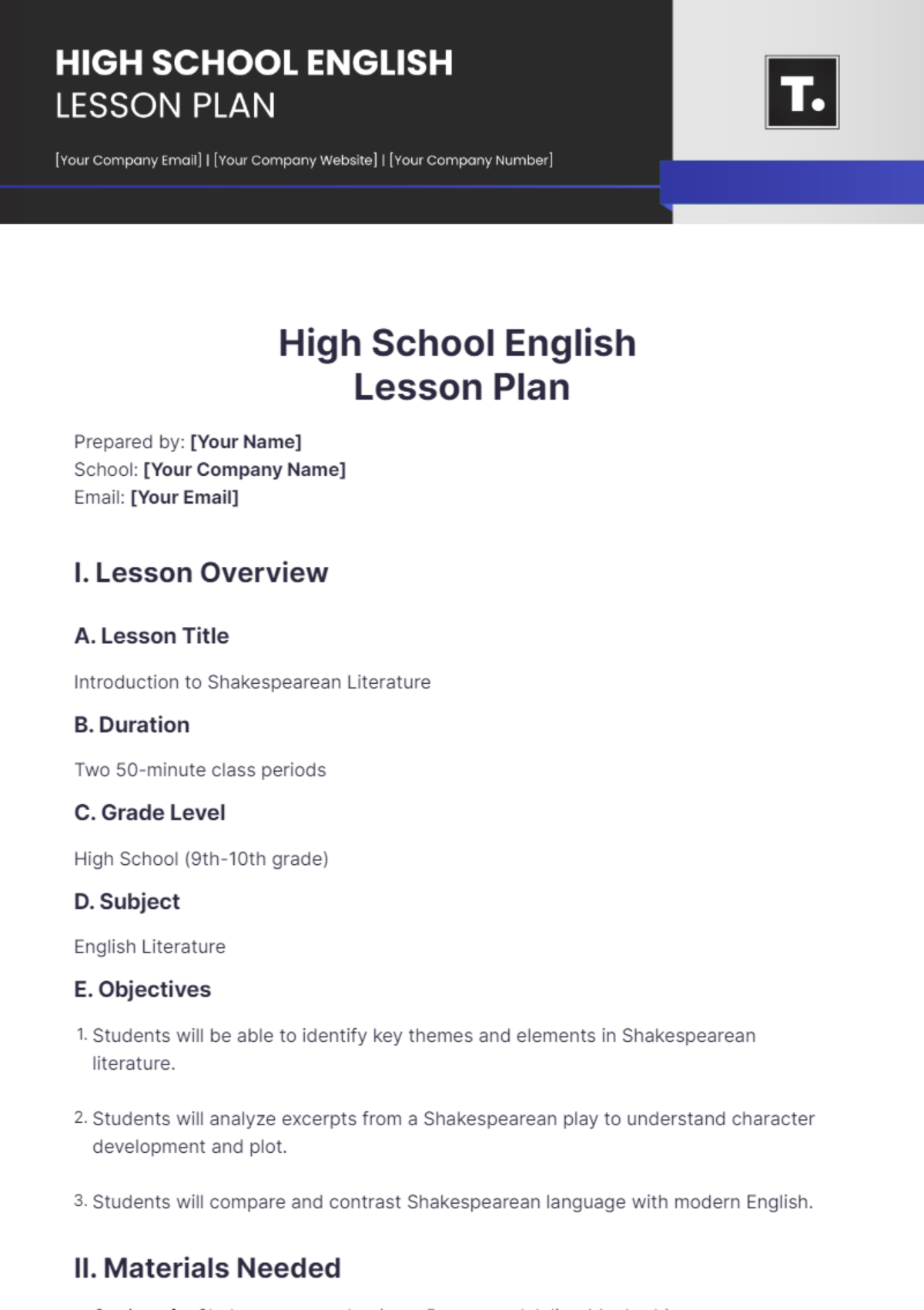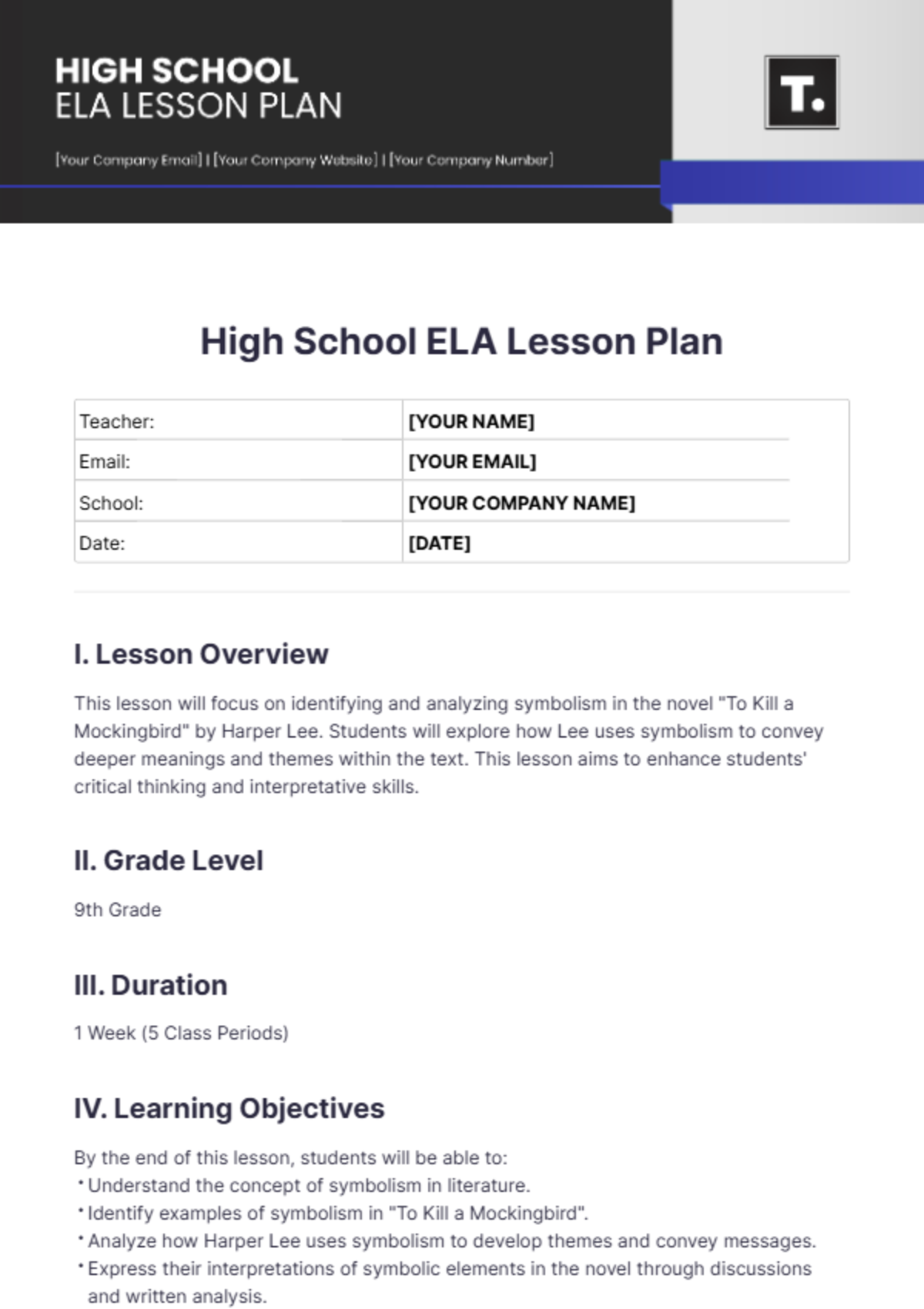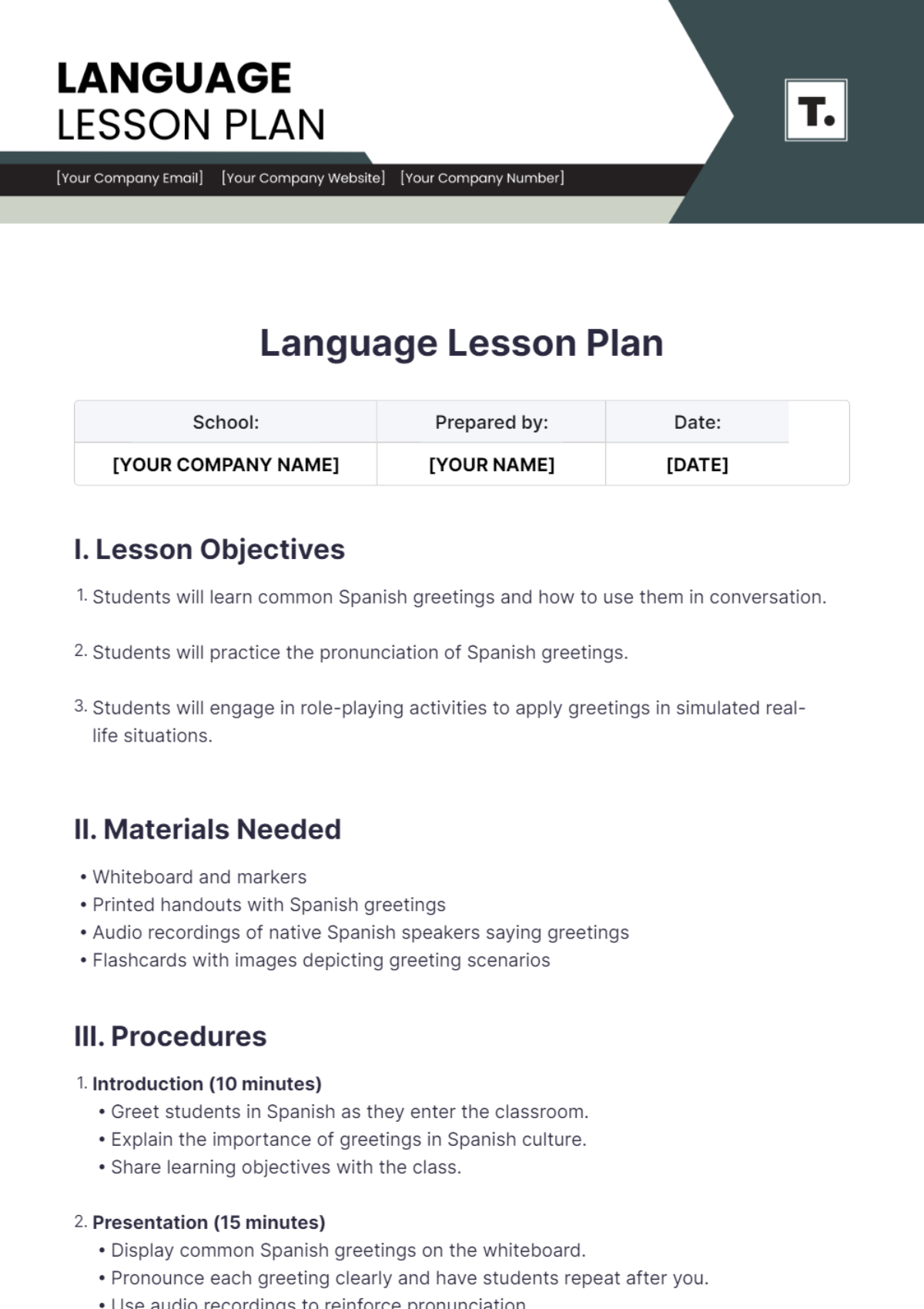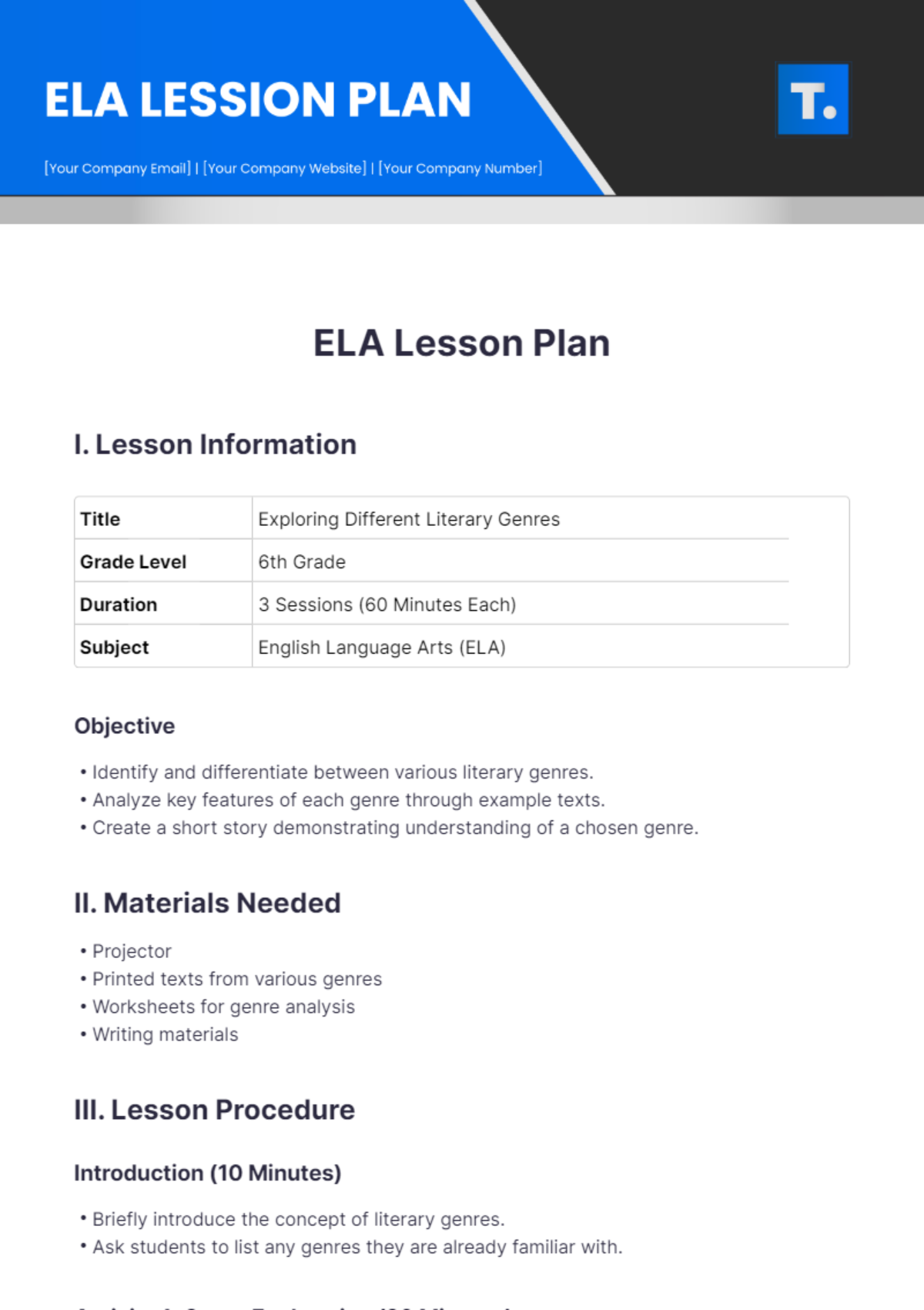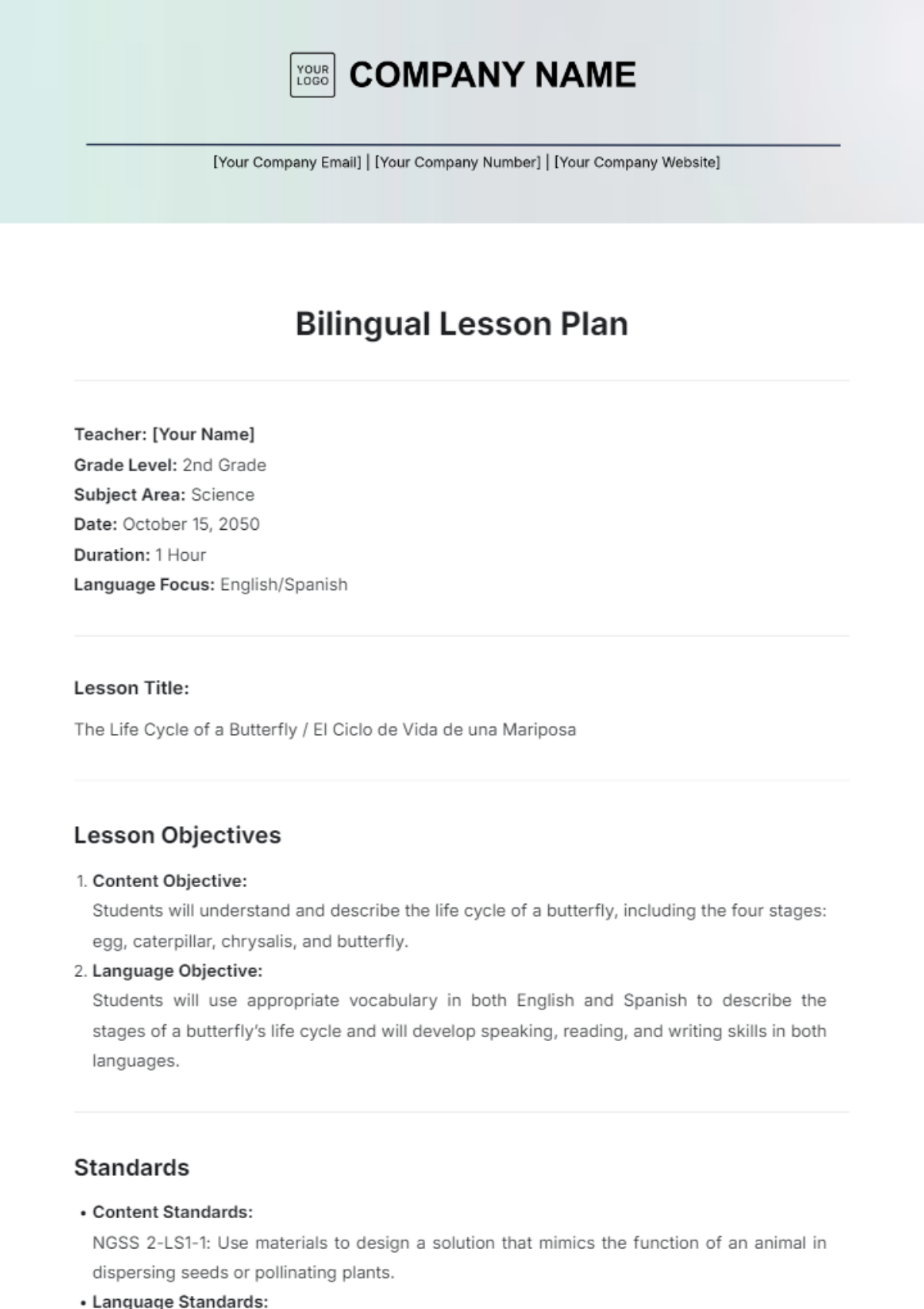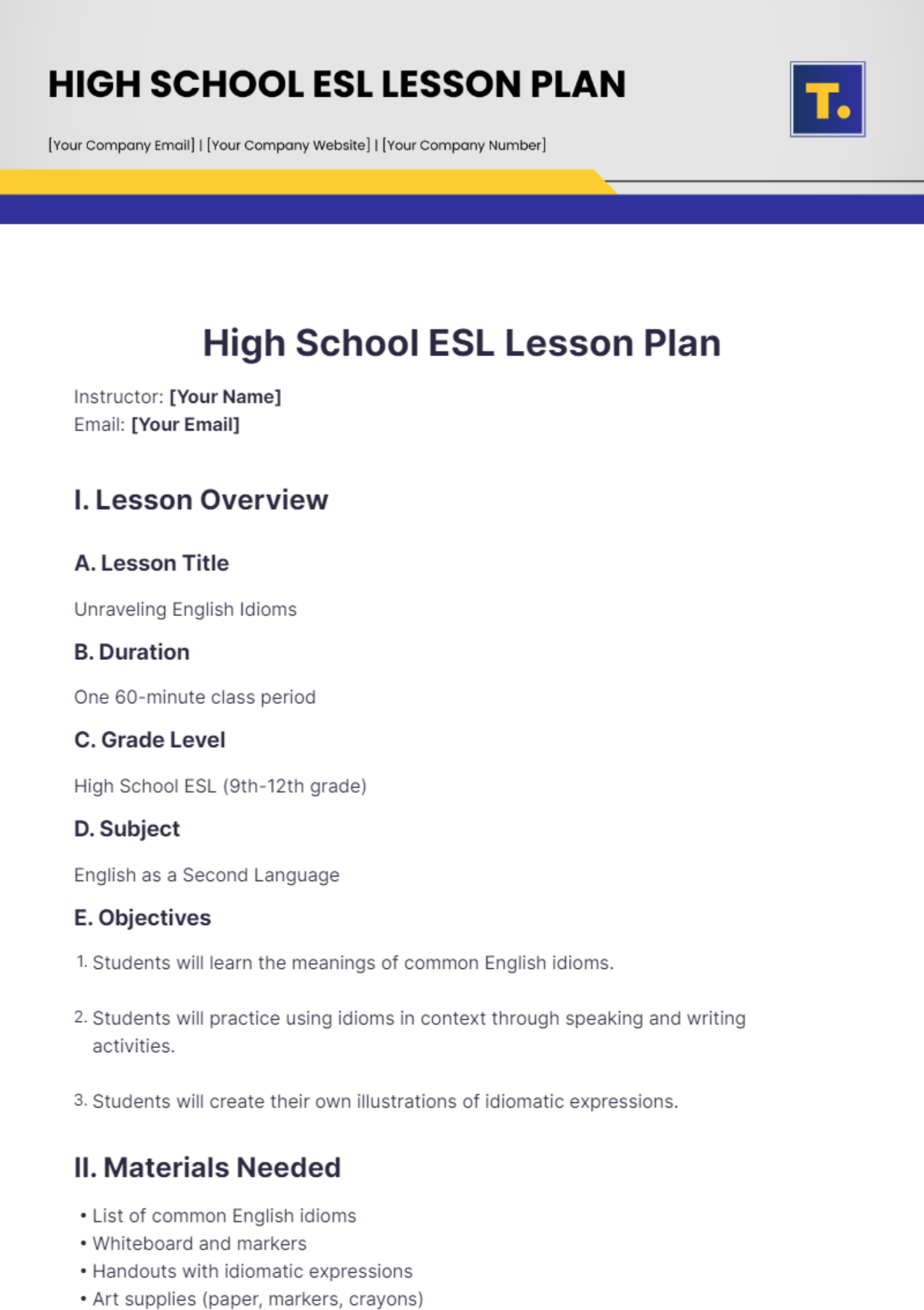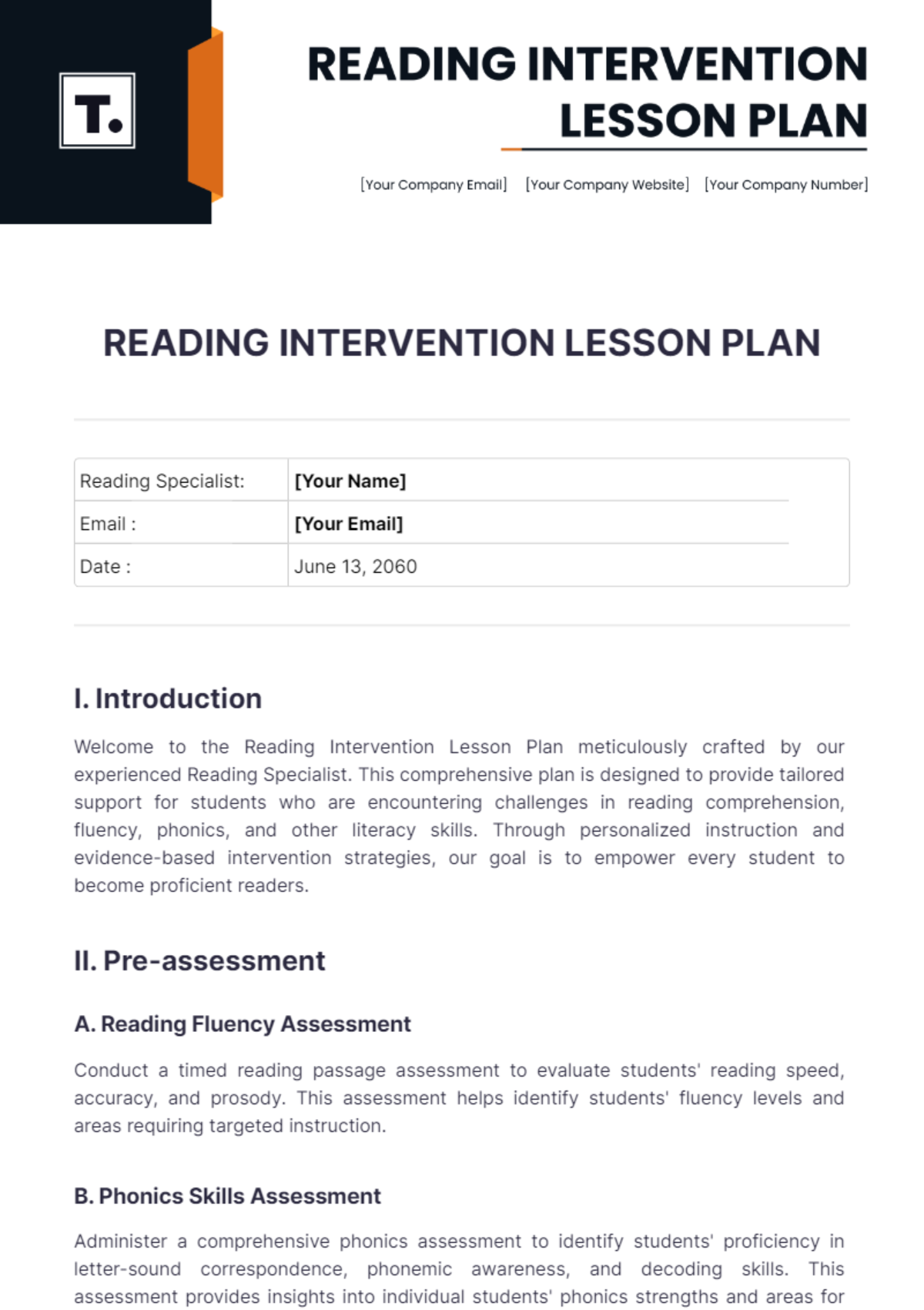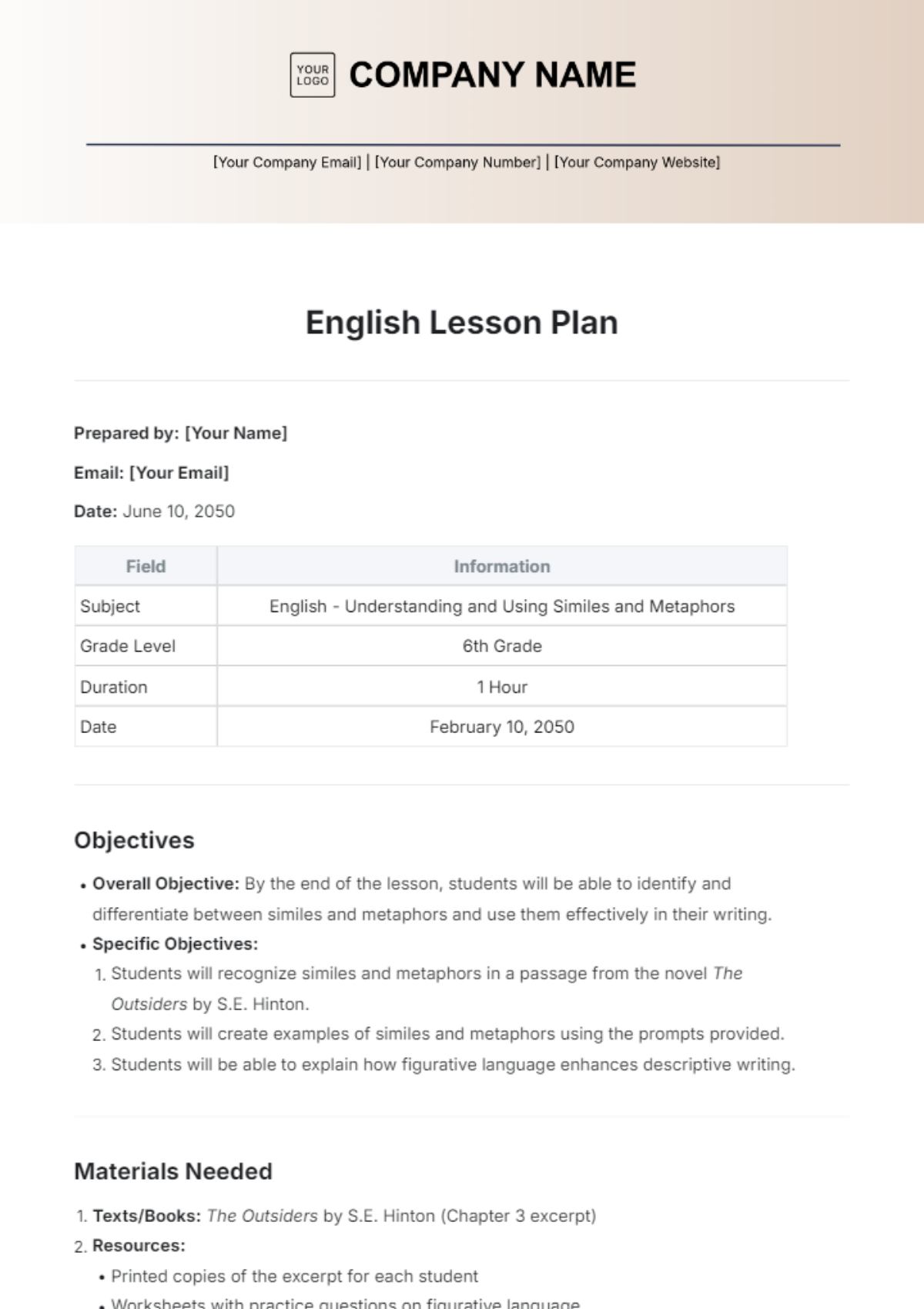Bilingual Lesson Plan
Teacher: [Your Name]
Grade Level: 2nd Grade
Subject Area: Science
Date: October 15, 2050
Duration: 1 Hour
Language Focus: English/Spanish
Lesson Title:
The Life Cycle of a Butterfly / El Ciclo de Vida de una Mariposa
Lesson Objectives
Content Objective:
Students will understand and describe the life cycle of a butterfly, including the four stages: egg, caterpillar, chrysalis, and butterfly.Language Objective:
Students will use appropriate vocabulary in both English and Spanish to describe the stages of a butterfly’s life cycle and will develop speaking, reading, and writing skills in both languages.
Standards
Content Standards:
NGSS 2-LS1-1: Use materials to design a solution that mimics the function of an animal in dispersing seeds or pollinating plants.Language Standards:
WIDA Standard 1: Social and Instructional Language
WIDA Standard 4: Language of Science
Materials
Bilingual book: “The Very Hungry Caterpillar” by Eric Carle / “La Oruga Muy Hambrienta”
Flashcards with pictures of butterfly life cycle stages (English and Spanish labels)
Bilingual vocabulary lists (egg/huevo, caterpillar/oruga, chrysalis/crisálida, butterfly/mariposa)
Video of the butterfly life cycle (in English and Spanish)
Scissors, glue, and construction paper for an art activity
Labeled worksheet with pictures of the butterfly life cycle for matching vocabulary in both languages
Introduction (10 minutes)
In English:
Start by reading “The Very Hungry Caterpillar” by Eric Carle. Discuss with students what they know about butterflies and their life cycle. Ask questions like, "Have you ever seen a butterfly? What do you think happens before it becomes a butterfly?"In Spanish:
Repeat the same introduction in Spanish. Read from “La Oruga Muy Hambrienta” and ask similar questions, "¿Alguna vez has visto una mariposa? ¿Qué crees que sucede antes de que se convierta en una mariposa?"
Vocabulary
English Vocabulary:
Egg
Caterpillar
Chrysalis
Butterfly
Spanish Vocabulary:
Huevo
Oruga
Crisálida
Mariposa
Direct Instruction (15 minutes)
In English:
Show a short video of the butterfly life cycle. As the video plays, pause at each stage (egg, caterpillar, chrysalis, butterfly) and explain it. For example:
"First, the butterfly lays an egg. Then, the egg hatches, and out comes a caterpillar. The caterpillar eats and grows, and finally, it forms a chrysalis. Inside, it transforms into a butterfly."In Spanish:
Play the same video in Spanish, pausing to explain each stage:
"Primero, la mariposa pone un huevo. Luego, el huevo se abre y sale una oruga. La oruga come y crece, y finalmente forma una crisálida. Dentro, se transforma en una mariposa."
Guided Practice (15 minutes)
In English/Spanish:
Distribute a worksheet that has pictures of the butterfly life cycle stages. Students will match the English and Spanish vocabulary to the correct stage. For example:
Picture of an egg – students label it with “egg/huevos.”
Encourage students to work with partners and discuss the answers in both languages.
Independent Practice (20 minutes)
Bilingual Writing Activity:
Provide students with a template where they write one sentence about each stage of the butterfly life cycle in both English and Spanish. Younger students can be asked to draw each stage and write just the labels (egg/huevo, caterpillar/oruga, etc.).Example for advanced learners:
English: "The butterfly starts as an egg."
Spanish: "La mariposa empieza como un huevo."
Assessment
Formative Assessment:
Walk around the classroom and observe students’ participation during the lesson. Check if they are correctly using English and Spanish vocabulary during the activities.Summative Assessment:
Review the completed worksheets and the sentences students wrote in both languages to evaluate their understanding of the butterfly life cycle and their bilingual language skills.
Closure (5 minutes):
In English: Recap the butterfly life cycle. Ask the class, "What happens after the egg hatches?" and encourage students to respond in English.
In Spanish: Recap the lesson in Spanish. Ask the same question, "¿Qué pasa después de que el huevo se abre?" and encourage responses in Spanish.
Differentiation
For ELL students:
Provide extra visual aids, such as bilingual flashcards or videos with subtitles, to support understanding in both languages. Pair them with a bilingual buddy if needed.For advanced learners:
Challenge them to write a short paragraph comparing the life cycles of different insects or animals in both English and Spanish.
Reflection
Were students able to switch between languages with ease?
Did they grasp the concept of the butterfly life cycle in both English and Spanish?
What could be improved in future lessons to support bilingual learning?
